- DroidAfrica
- Gadgets
- iTel
- iTel P17 Pro
iTel P17 Pro
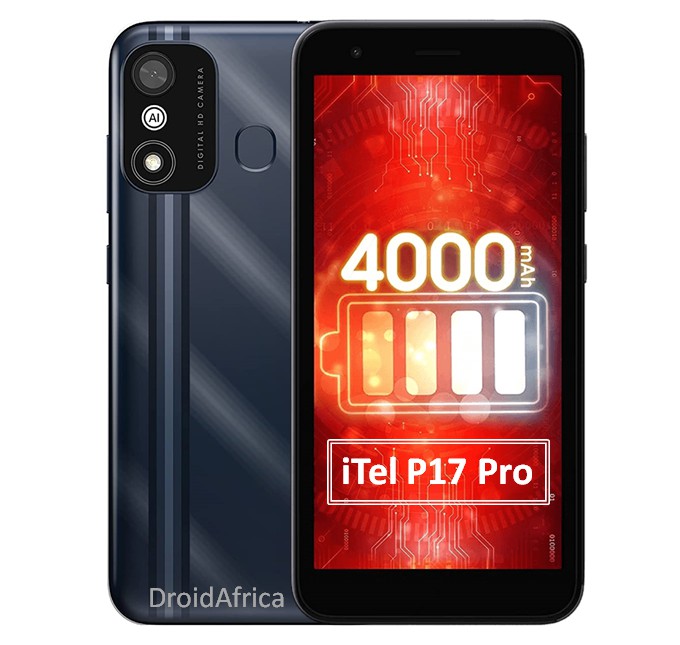
iTel P17 Pro Highlights and Overview
This is iTel P17 Pro, the higher version of the standard P17. The advantage of this model is that it has 4G LTE network, and the built-in storage and RAM is improved. The device sports a 5.45-inches screen with 480 x 960 pixels resolution.

Powering the iTel P17 Pro is a quad-core Spreadtrum SC9832E CPU clocked at 1.4GHz, along with ARM Mali T820 MP1 GPU. The phone is given a 2GB RAM and a built-in 32-Gigs of internal storage, expandable up to 64GB via SD card.
Coming to the camera department, a single 5-megapixel lens, along with an LED flash is used on the rear, while the front has a 2-megapixel selfie camera.
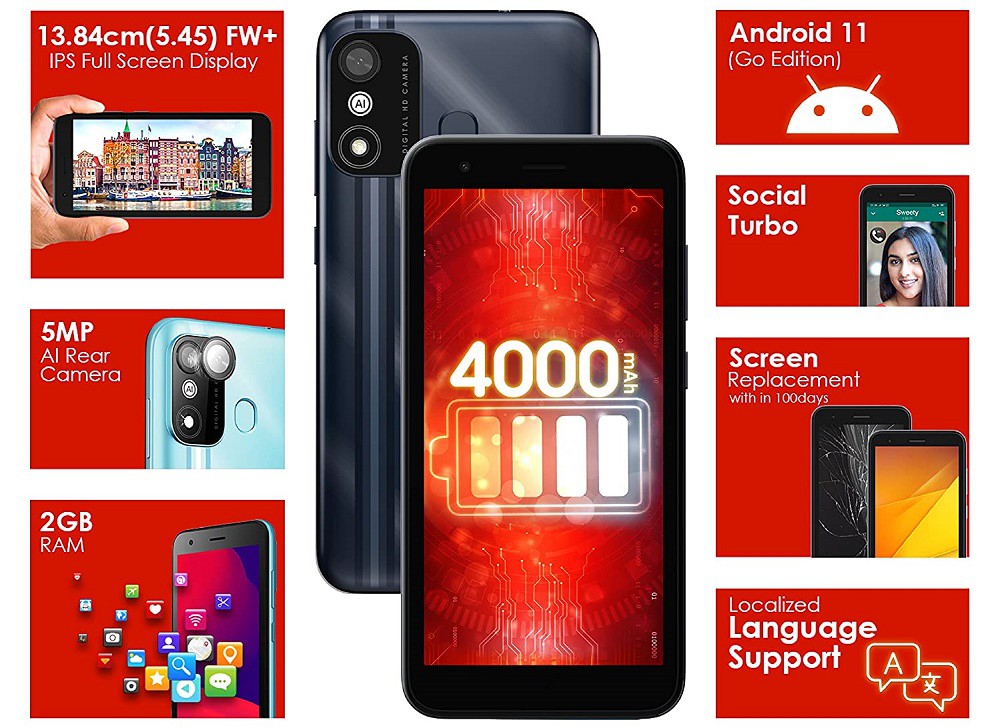
The phone is powered by a 4000mAh battery, support dual 4G-SIMs, has a rear fingerprint scanner and boot Google Android 11 (Go Edition) out of the box. The detailed specs of iTel’s P17 Pro is contained in the table below.
iTel P17 Pro Full Specifications and Features
NETWORK
| Technology | GSM / HSPA / LTE |
| 2G Network Bands | GSM 850 / 900 / 1800 / 1900 - SIM 1 and SIM 2 |
| 3G Network Bands | HSDPA Band 1, 2, 4, 5, 8 |
| 4G Network Bands | LTE Band 1, 3, 5, 8, 40, 41 |
| Speed | HSPA 42.2/5.76 Mbps, LTE |
LAUNCH
| Also Known As |
- - |
BODY
| Dimensions | 153 x 75 x 11 |
| Weight | 189 grams |
| SIM Type | Dual SIM (Nano-SIM, dual stand-by) |
DISPLAY
| Display Type | TFT LCD capacitive touchscreen, 256k colors |
| Size | 5.45 inches, (72.7% screen-to-body ratio) |
| Resolution | 480 x 960 pixels, 18:9 ratio (226 ppi density) |
PLATFORM
| Operating System | Android 11 (Go Edition) |
| Chipset | Spreadtrum UniSoC SC9832E |
| CPU | Quad-core (4x1.4 GHz Cortex-A53 CPU) |
| GPU | ARM Mali T820 MP2 |
MEMORY
| RAM + ROM | 2GB + 32GB |
| Card Slot | Yes, up to 64GB via microSD card |
MAIN CAMERA
| Camera Type | Single Lens |
| Camera Sensor(s) | 5-megapixel main camera with f/2.0 aperture |
| Camera Features | HDR, Pro, Lowlight, Portrait, Short Video, Pano Vid, LED flash |
| Video Resolution | 720p@30fps |
SELFIE CAMERA
| Camera Type | Single Lens |
| Camera Sensor(s) | 2-megapixel |
| Camera Features | Face Unlock / Face Beauty |
| Video Resolution | VGA |
SOUND
| Loudspeaker | Yes |
| Speaker Location | Back |
| Audio Jack Type | Yes, 3.5mm audio jack |
CONNECTIVITY
| Bluetooth | Bluetooth 4.2, A2DP, LE |
| NFC | |
| GPS | Yes, with A-GPS |
| FM Radio | Yes, FM Radio |
BATTERY
| Battery Capacity | Non-removable Li-Po 4000mAh battery |
| Talk Time Talk Time is the longest time that a single battery charge will last when you are constantly talking on the phone under perfect conditions, Ambient temperature and highly dependent on the cellular network environment such as the distance to the closest cell network tower. | 2G: 40Hr / 3G: 20Hr / 4G: 20Hr |
OTHER FEATURES
| Sensors | Fingerprint (side-mounted), accelerometer, proximity, compass |
| Box Contents | Charging Brick / USB cable |
iTel P17 Pro User Reviews and Opinions
Comments 7
Leave a Reply
Disclaimer Note
We CANNOT guarantee 100% accuracy for the specification table above.








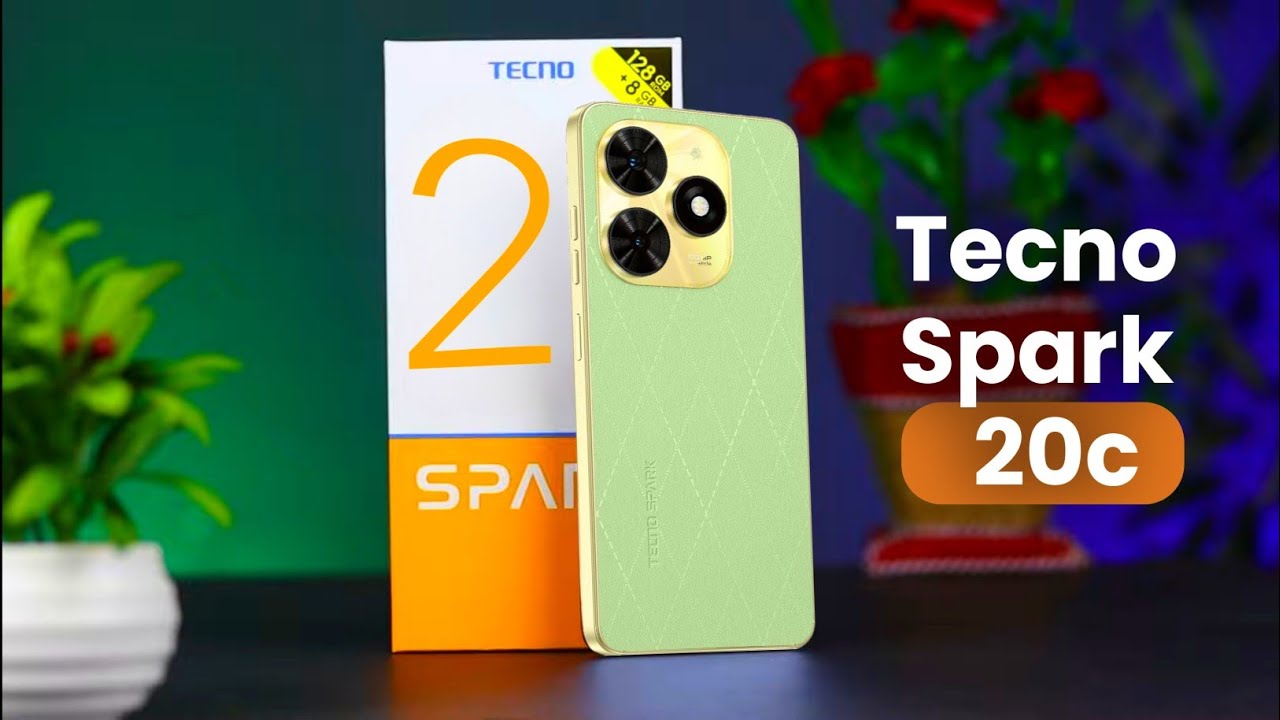


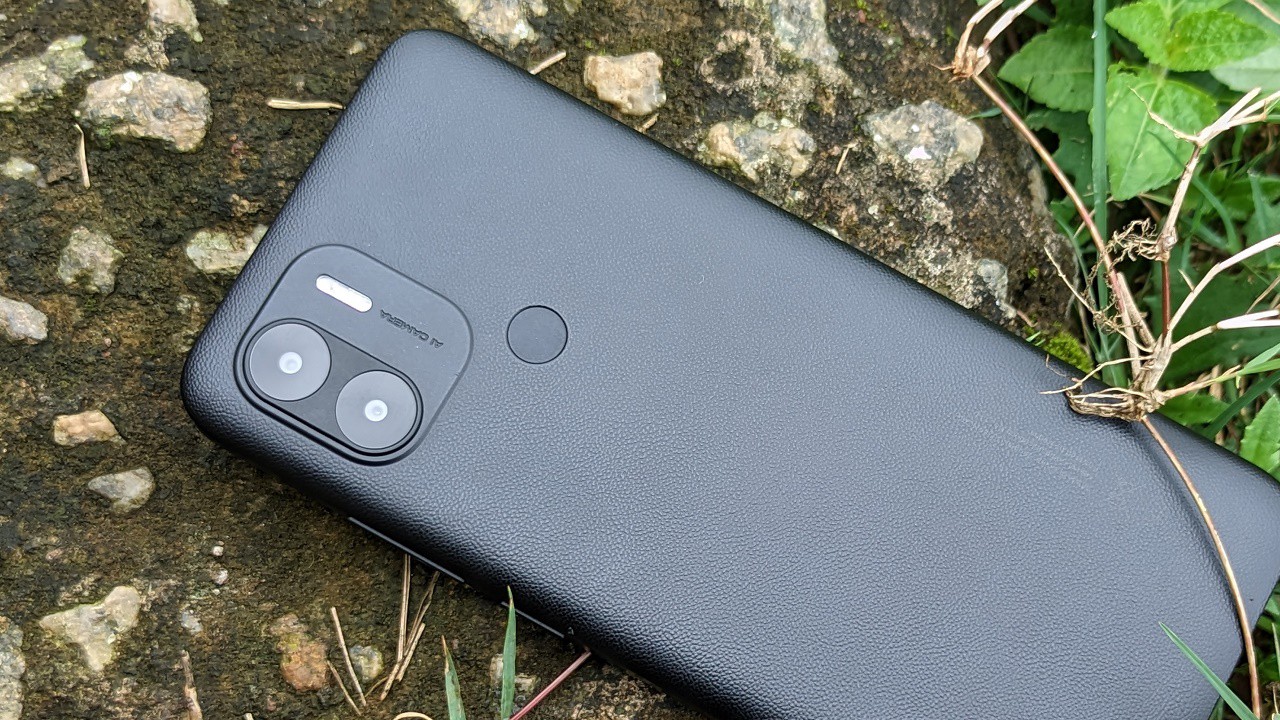
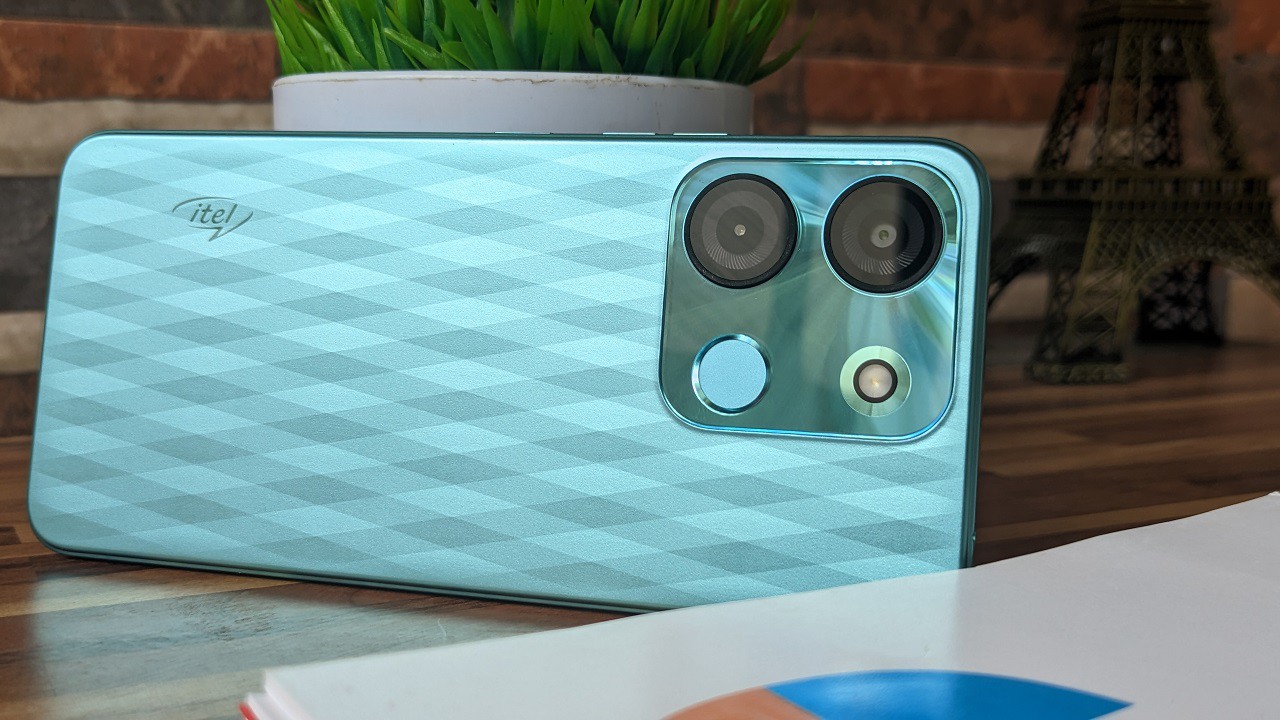
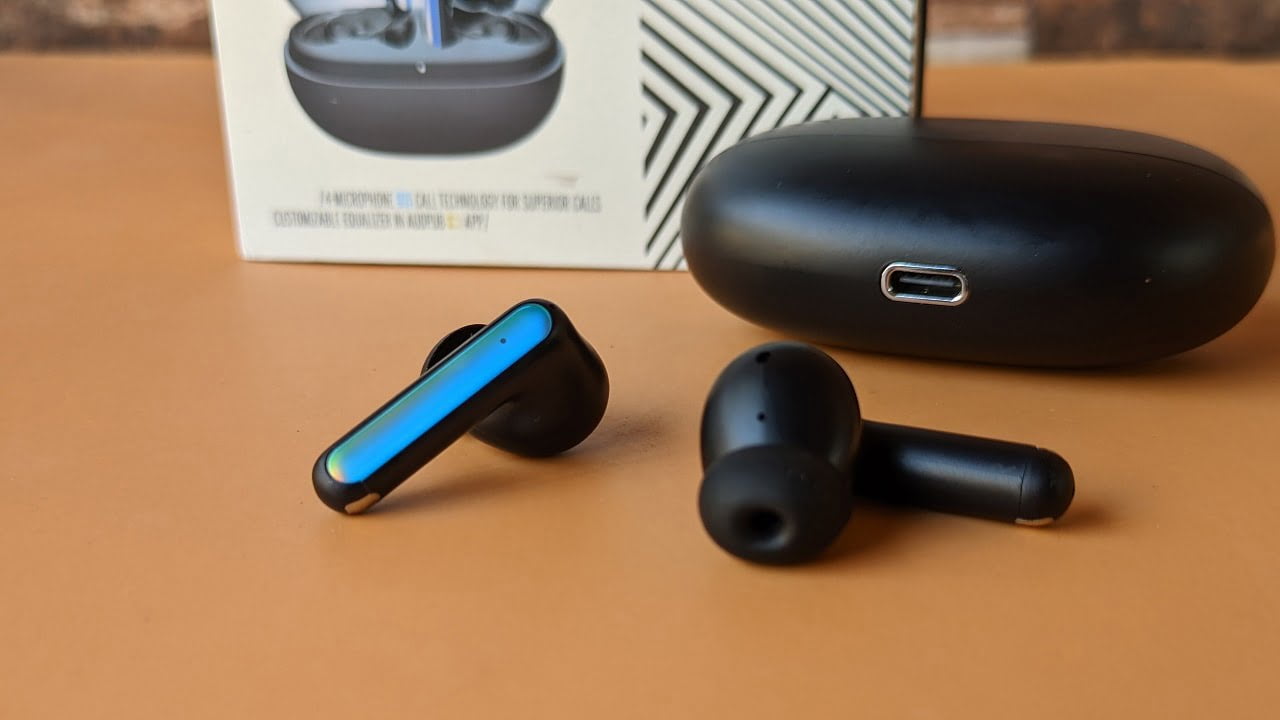
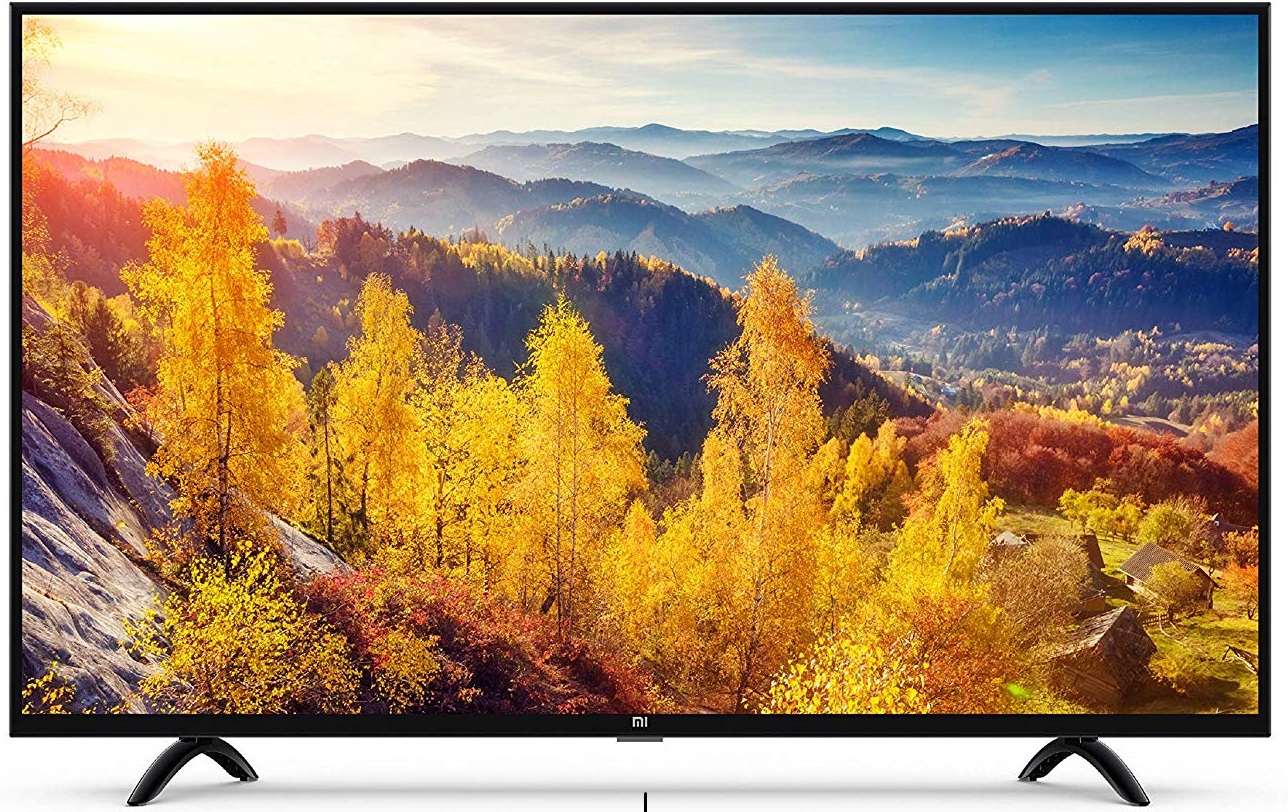

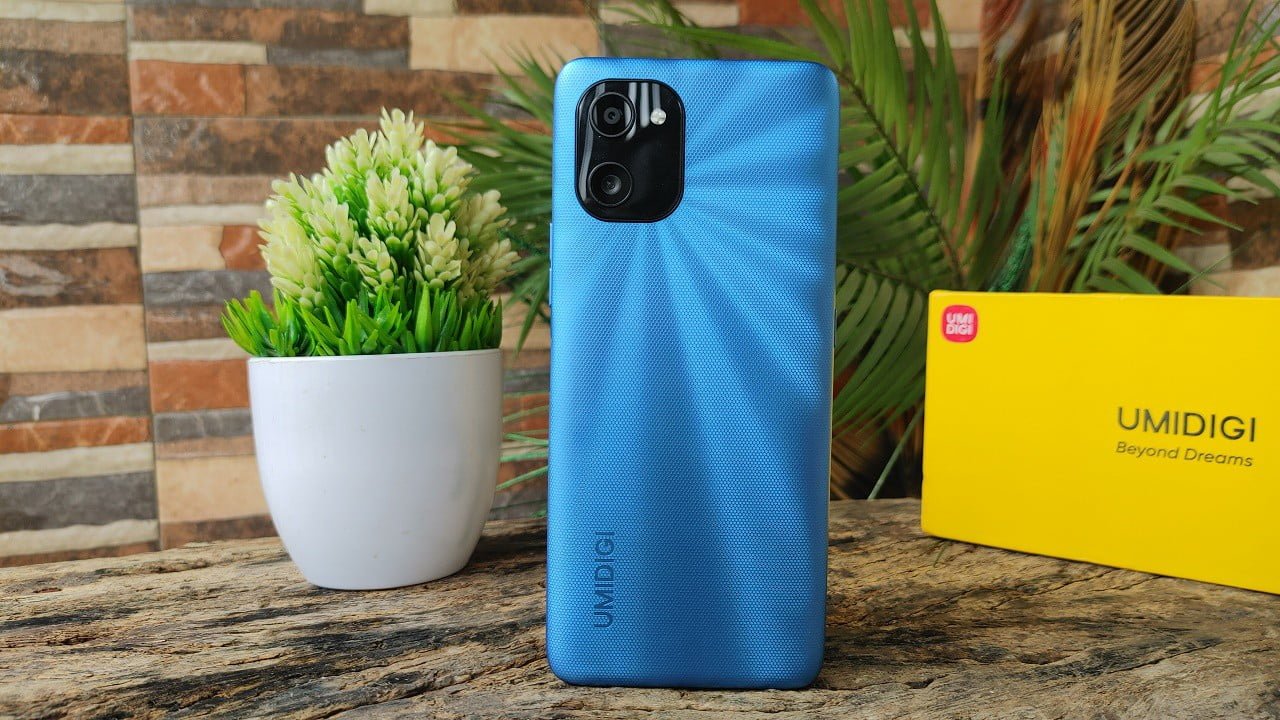
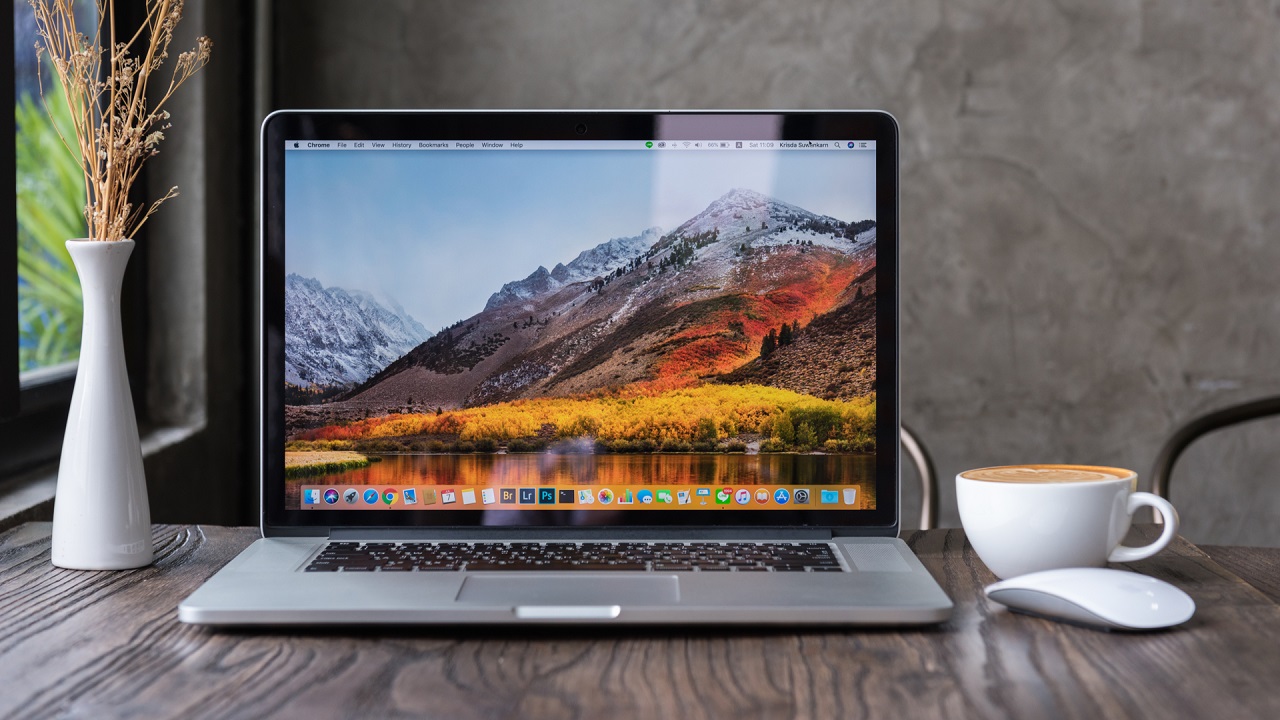
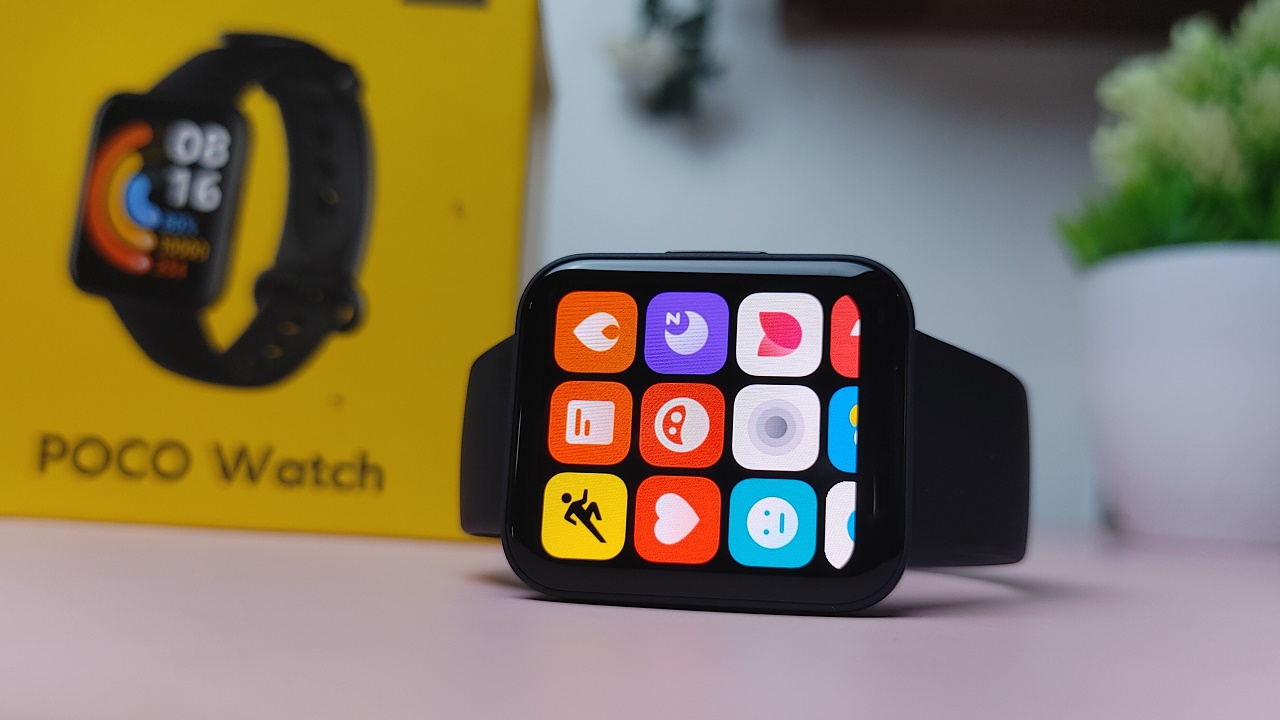


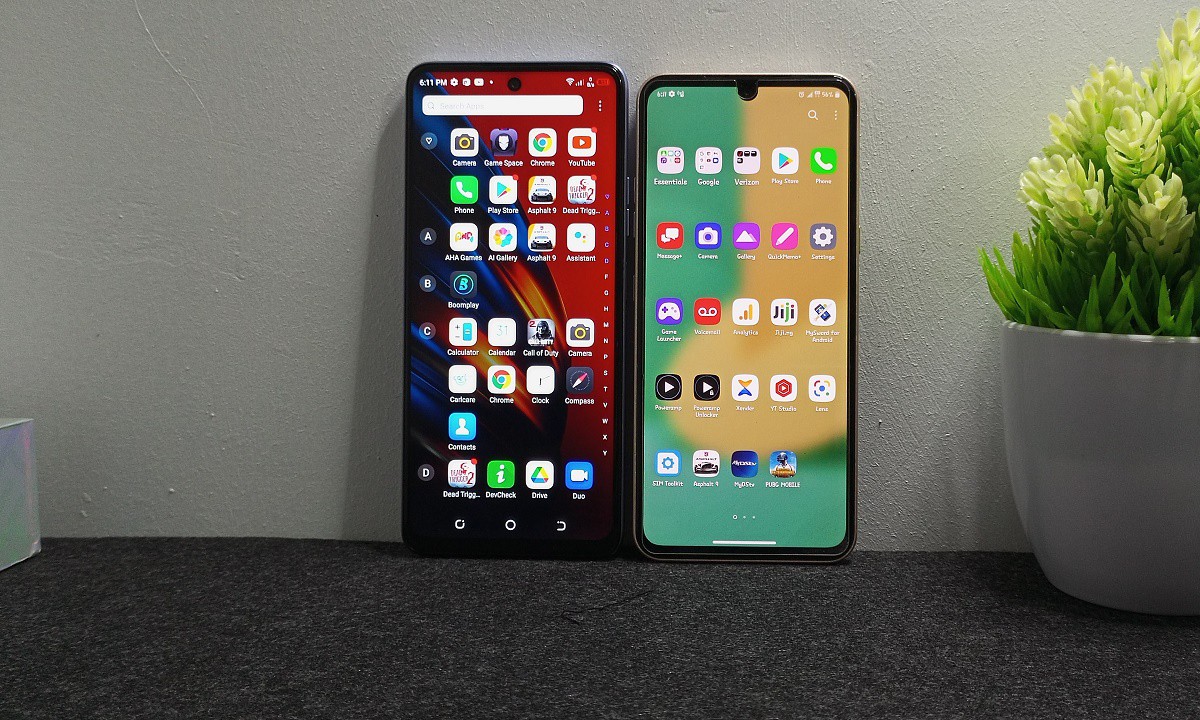

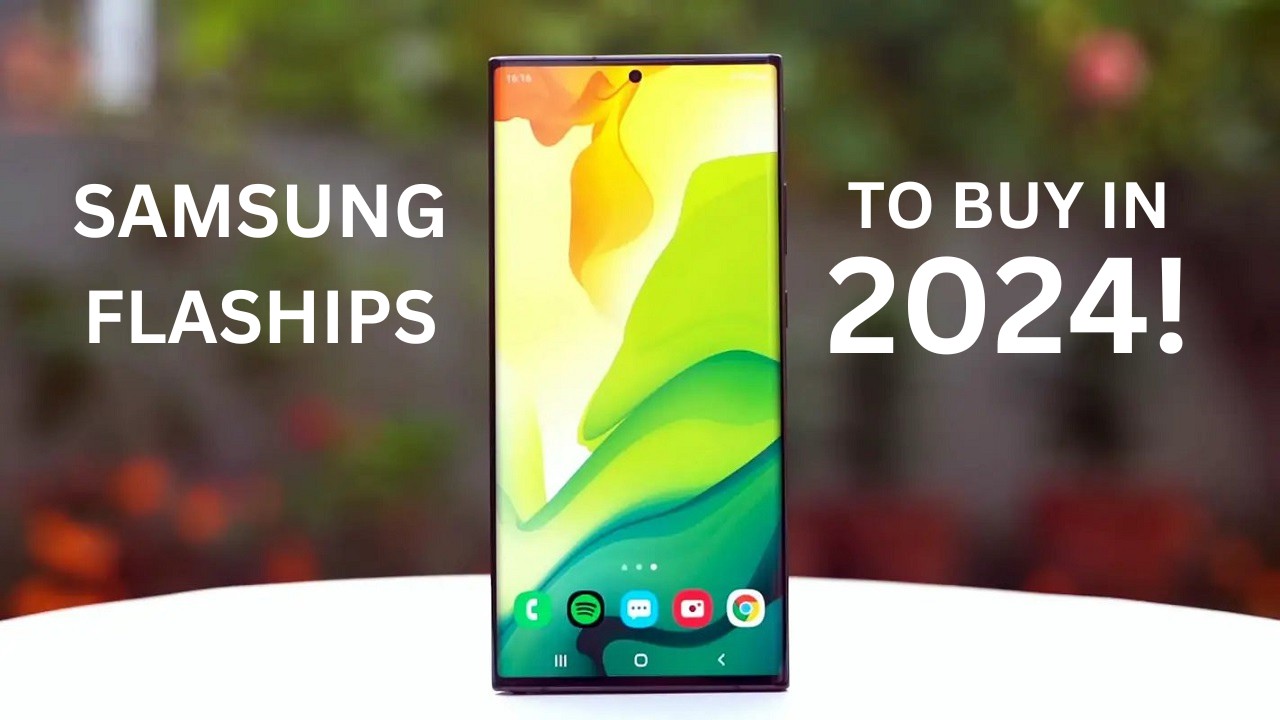
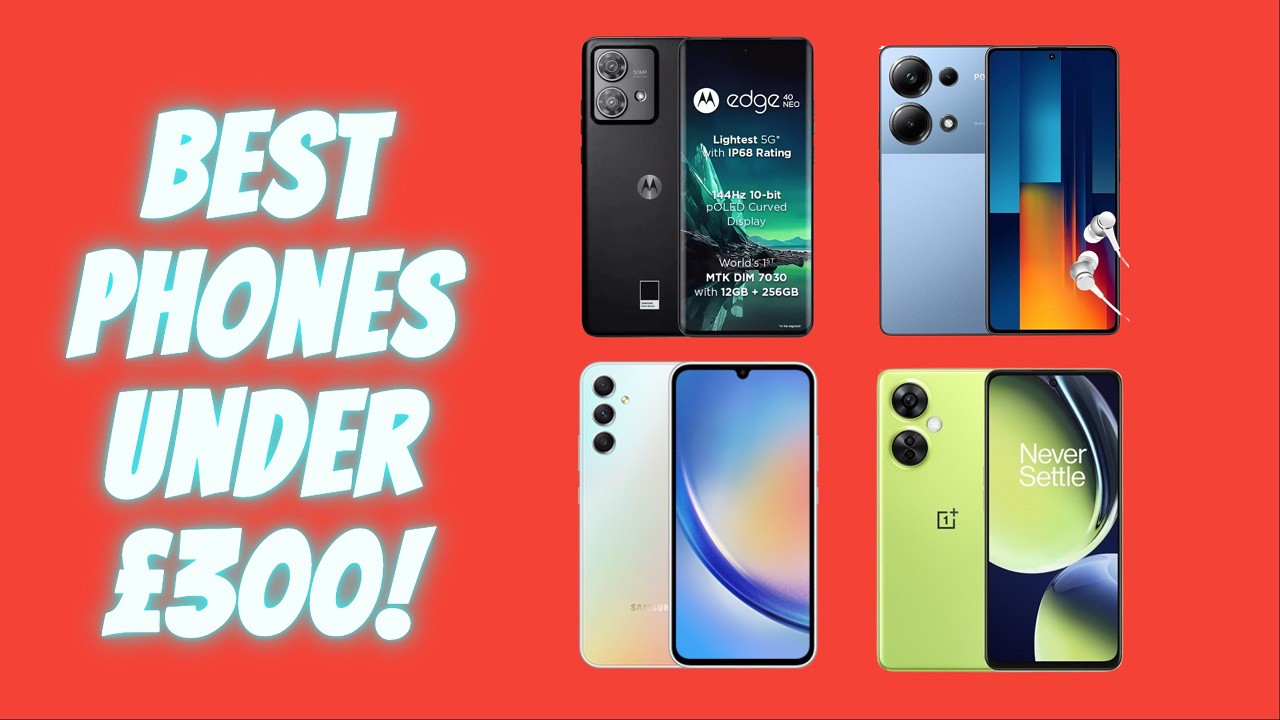

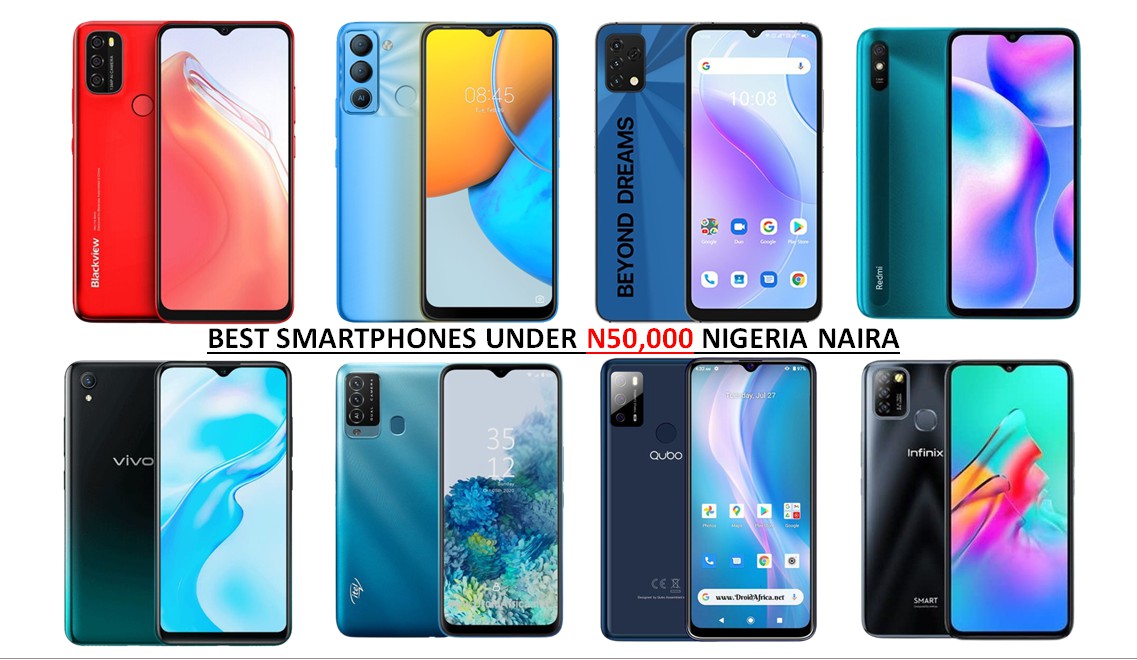
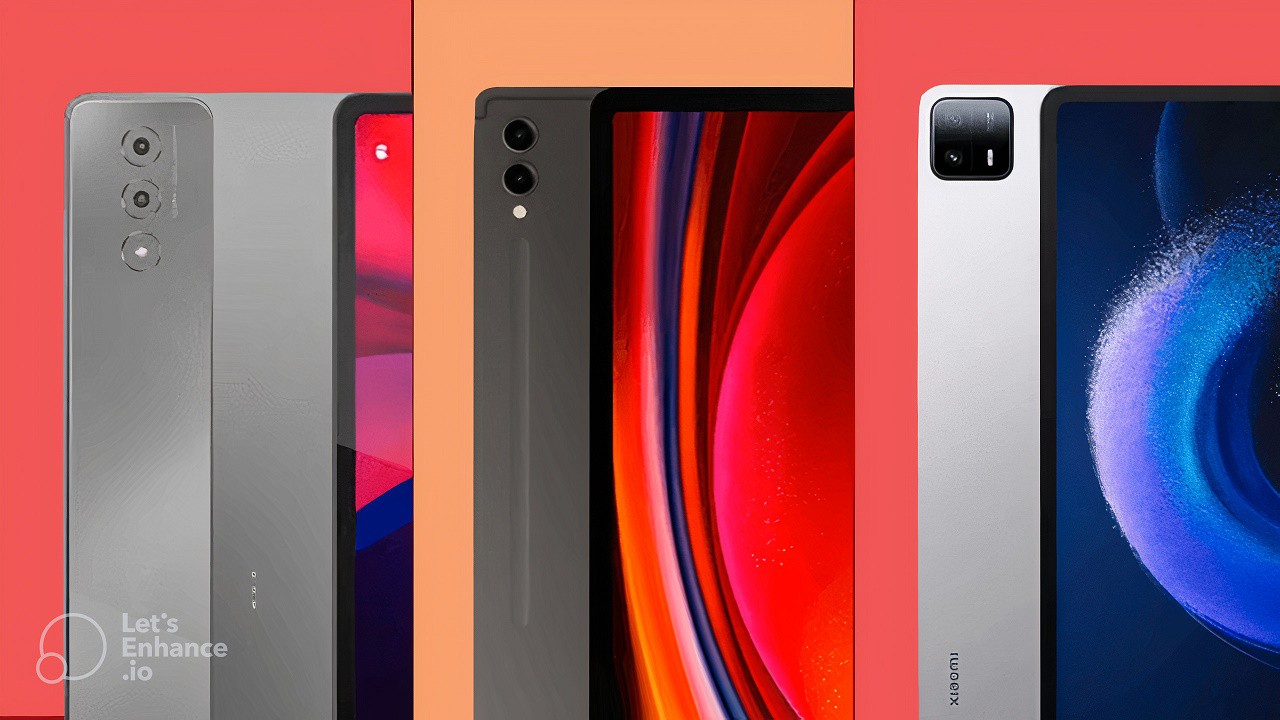
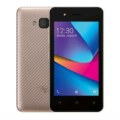
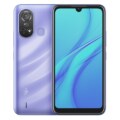

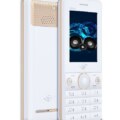
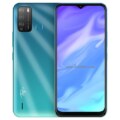
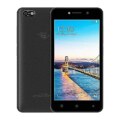



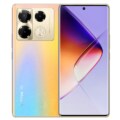
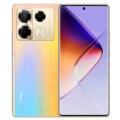
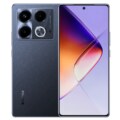
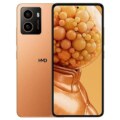
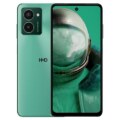



Wow nice itel love it just can’t wait to have it
What would you like to say about the set and how much is the price in Nigeria currency notes
Nice specs, but bulky @ 11.0mm thickness.
Em… mr Ekpa, why have you refused to make a review of the recently announced iTel P38/P38 Pro. To be honest, you are lagging behind.
Sure it’s too thick, there is no charging indicator light, and the screen board whereby the speaker stays is too much
was going to get mine today hope it will be good?
Good luck Daniel!
Wow, it’s nice